The United Kingdom has had a complex and often ambivalent relationship with the idea of European unity. While the UK has been an active member of several European institutions, including the European Economic Community (EEC) and the European Union (EU), its commitment to the project of European integration has always been tempered by national concerns about sovereignty, economic interests, and historical factors. The UK’s approach to European unity can be broadly divided into two phases: one in which the UK sought to participate in Europe but not fully integrate, and another in which it actively moved towards separation from the EU.
Early Participation and Ambivalence:
- The UK was notably hesitant to join the European Economic Community (EEC) in the early stages of European integration, fearing the loss of sovereignty and the economic implications of being part of a political union. Despite being geographically close to Europe, the UK preferred to maintain strong economic and political ties with the Commonwealth and the United States.
- The UK eventually joined the EEC in 1973 under the Conservative government led by Edward Heath, but its membership was always viewed with a degree of suspicion by certain segments of the population and political leadership. The decision to join the EEC was based on economic necessity, as the UK sought greater access to European markets and to counterbalance its relative economic decline.
The Debate Over Sovereignty and European Integration:
- The central issue for the UK regarding European unity has been sovereignty. While the UK was willing to be part of the European common market, it was unwilling to surrender its political autonomy to the supranational institutions of the EU. The debate over European integration became particularly contentious in the 1990s, when the UK was reluctant to adopt the single currency (Euro) and opposed deeper political integration under the Maastricht Treaty.
- Prime Minister Margaret Thatcher’s opposition to a “United States of Europe” and her insistence on the primacy of national sovereignty were clear expressions of the UK’s reluctance to further integrate with Europe. Her famous speech at Bruges in 1988 set the tone for Britain’s relationship with the EU: it sought a free trade area, not a political union.
The Eurosceptic Movement and Brexit:
- By the early 21st century, the UK’s relationship with the EU became increasingly defined by Euroscepticism. This movement, which questioned the benefits of EU membership and feared the erosion of British sovereignty, gained momentum in the Conservative Party and the general public. Calls for EU reform and a reduction of EU powers became central to British politics, culminating in David Cameron’s promise of a referendum on EU membership.
- In 2016, the UK voted to leave the EU in the Brexit referendum, a decision that was driven by concerns about sovereignty, immigration, and the perceived lack of democratic accountability within the EU. The Brexit vote represented a rejection of further European integration and a desire to reclaim political and economic independence from the EU. The UK’s departure from the EU, officially occurring on January 31, 2020, marked the culmination of its long-standing reluctance to fully embrace European unity.
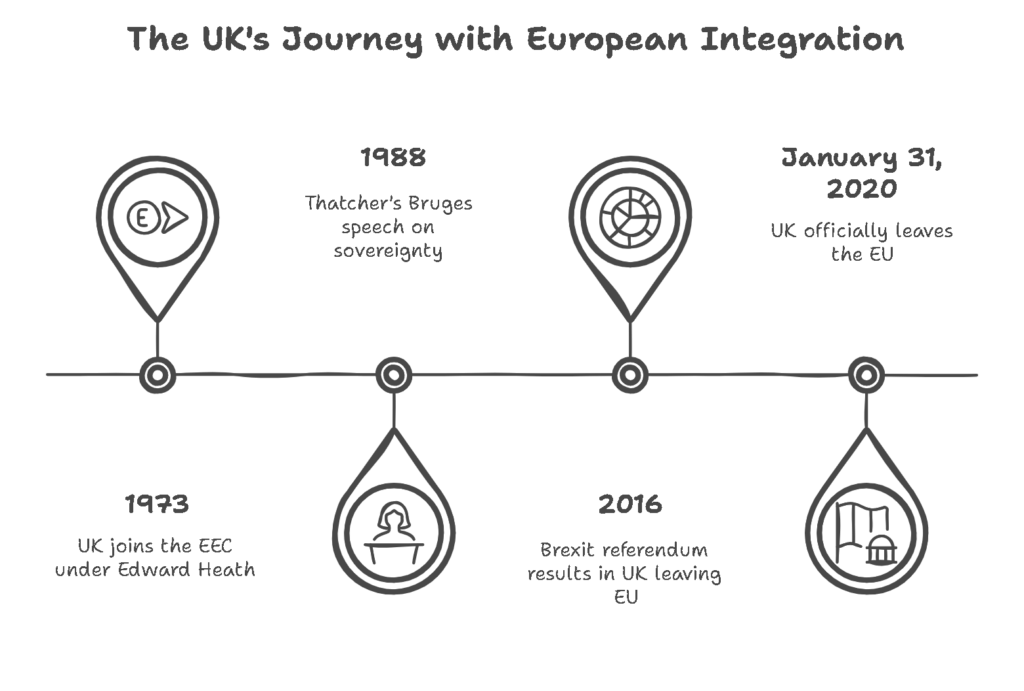
Conclusion:
The UK’s approach to European unity has been characterized by a tension between economic pragmatism and political sovereignty. While the UK was willing to participate in European integration for economic benefits, it was consistently unwilling to sacrifice national control over key policy areas. The Brexit referendum and subsequent exit from the EU reflect the culmination of this skepticism, signaling a retreat from the European project in favor of a more autonomous national path.
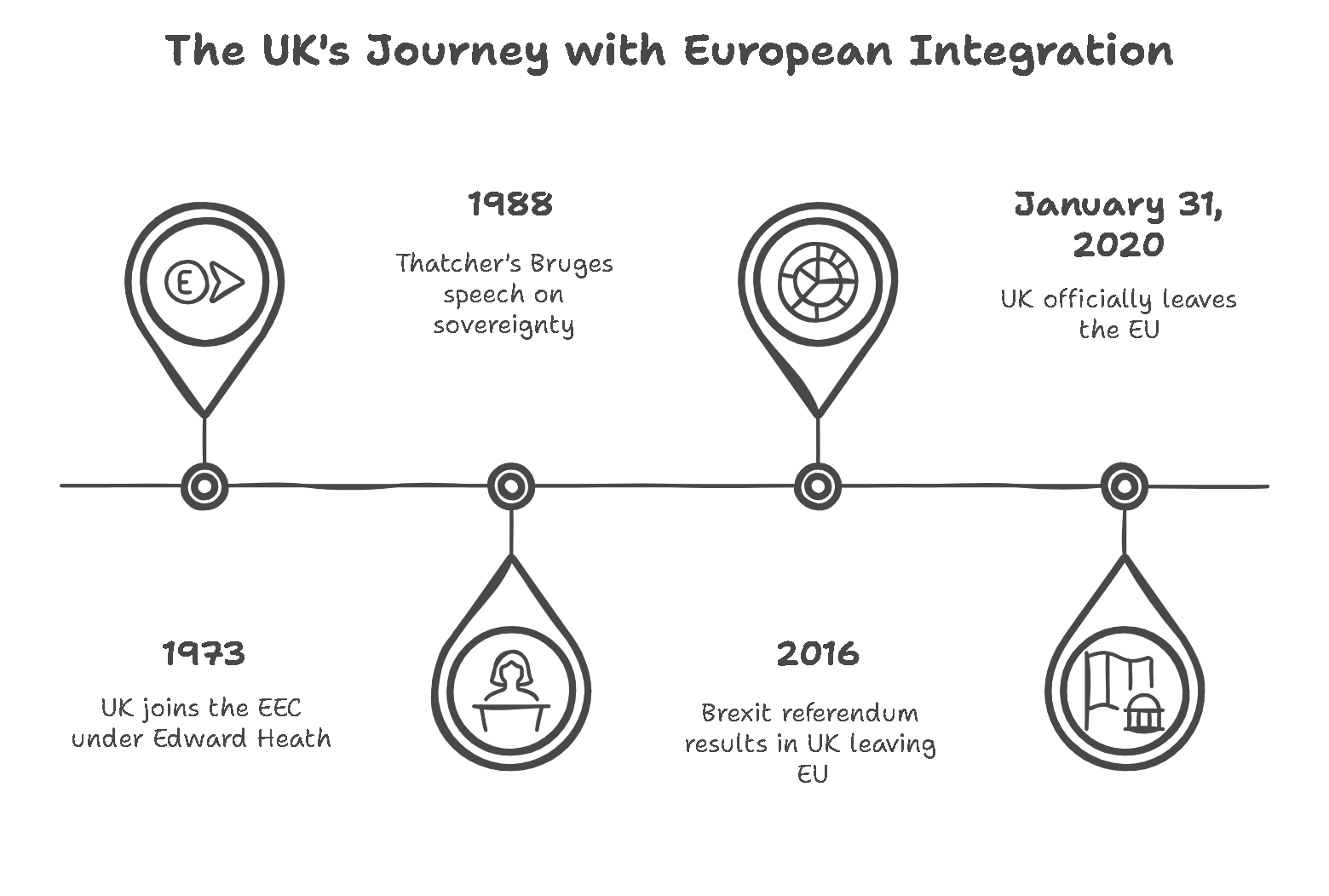


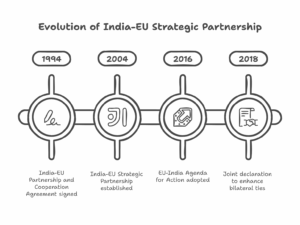
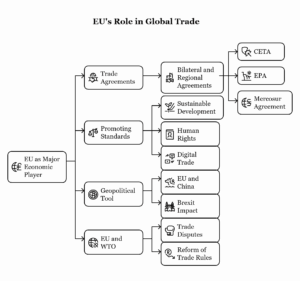

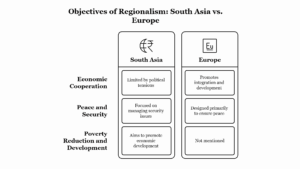

Leave a Reply